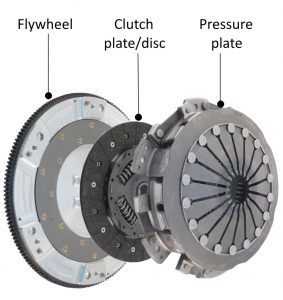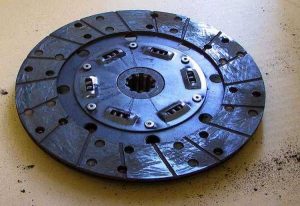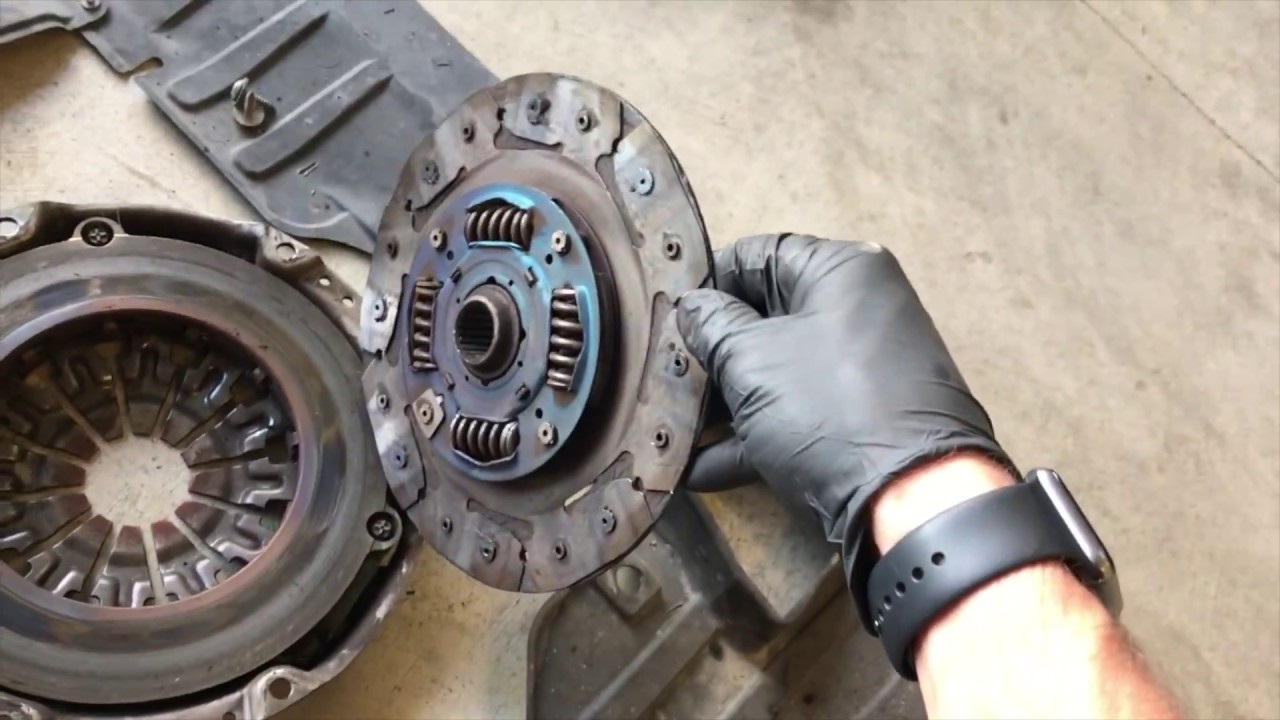What’s that clutch plate/disc actually doing in your car?

If you drive a manual, the clutch plate (often called the clutch disc) is one of those parts you never really see, but you’ll definitely notice when it’s playing up. It’s sandwiched in between your flywheel and the pressure plate – basically, it’s the bit that connects or disconnects the engine from your wheels. Real important for those stop-start drives around Hamilton, like ducking through Rototuna or trying not to stall at the roundabout on Ulster Street in the morning rush.
The clutch plate is a metal disc with a special friction lining, like a beefier version of your brake pads. When you’ve got your clutch pedal out, the plate’s pressed up tight against the flywheel, and that’s what gets your Hyundai i30, Suzuki Swift, or even a classic Peugeot 307 moving. Hit the clutch pedal, and you’re giving the pressure plate a break – letting that disc move away, so you can swap gears without grinding or crunching.
Why do clutch plates go bung?

A burnt clutch disc
Loads of reasons. Biggest one is just good old wear and tear. Kiwi roads aren’t gentle – speed bumps around Dinsdale, potholes on the outskirts of Cambridge, that long crawl up over the Fairfield Bridge with the engine working hard. Over time, the plate’s lining wears down, gets glazed, or even cracks, especially if you’ve been doing a lot of clutch slipping in traffic.
We also see dodgy install jobs on everything from Honda Civics to Mazda Demios that were “done cheap” elsewhere. Springs in the clutch plate can work loose or go missing, which means strange judders or rattles. And if you overheated your clutch – maybe reversing a trailer up the driveway in Te Awamutu or stuck halfway up the hills out Tauranga way – that high temp just cooks that friction material, leaving you with a burnt stink and a sad clutch plate.
How do you know your clutch plate’s giving up?
Bunch of tell-tale signs pop up in the workshop. If you’re finding it hard to slot your Mazda CX-5 or even your trusty VW Passat into gear, or the gear stick feels like it’s wrestling you back, that’s a red flag. Another biggie is clutch slip – engine’s revving but you’re not actually getting anywhere. Sometimes there’s a whiff of burning that isn’t your leftover pie on the dashboard. Noises too – groans, rattles, or any knocking when your foot’s on or off the pedal.
And feel for any vibrations through the pedal, especially if you’re pulling away from the lights on Victoria Street or crawling through Hillcrest in rush hour. Driving with a stuffed clutch plate? It can chew out the rest of your transmission pretty quick. Best to bring it in for a check before small problems get real expensive.
Bit of advice to help your clutch last
If you want your clutch to hang in there (and save some coin), try to:
- Always take off in first, not second, even if your mate says it’s fine
- Don’t rush your downshifts coming off SH1 or heading through Morrinsville
- Shift smooth – smashing through gears will only cost you
- Never sit with your foot half on the clutch at the lights out in Nawton…it just cooks it
- Skip the temptation to “ride” the pedal every time there’s Hamilton traffic
Need a clutch plate/disc inspection or replacement in Hamilton?
Worried the clutch is packing a sad in your Toyota Corolla, Subaru Legacy, Nissan Tiida, or even your Skoda Octavia? We’ve seen ’em all, Asian, European, whatever, and we know Hamilton driving is tough on gearboxes. At Grimmer Motors, one of our techs can give your whole clutch system a proper look and let you know if you’re sweet or if it’s time for a clutch replacement. Deal with it early, avoid those transmission repair headaches, and keep your car running good as gold – ready for winter fog on SH26 or a scorcher of a summer run out to Raglan.
For honest, quick, no-nonsense clutch repairs, just give us a yell.

